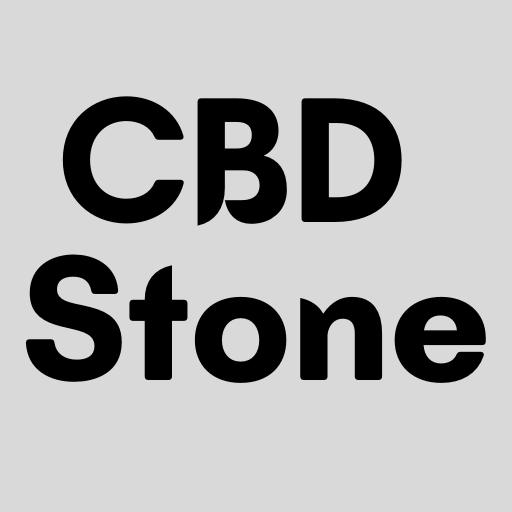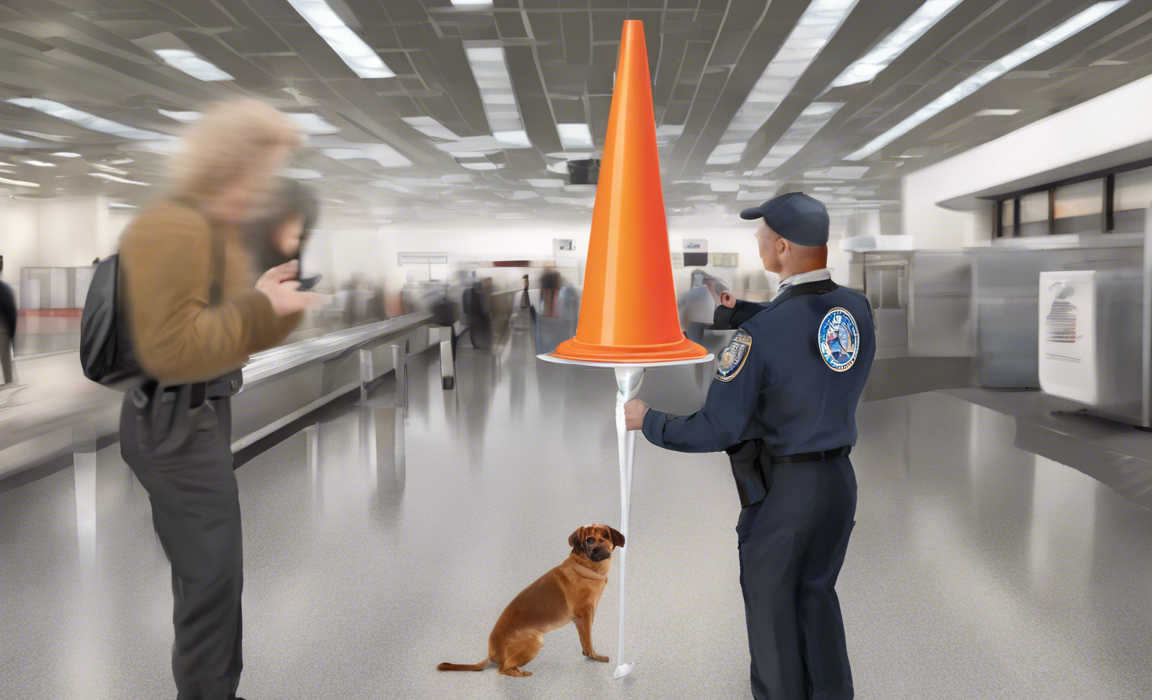Introduction
When studying geometry, one fundamental concept that often comes up is calculating the total surface area (TSA) of various three-dimensional shapes. A cone is a common shape that we encounter in our day-to-day lives, be it in the form of an ice cream cone or a party hat. Understanding how to calculate the TSA of a cone is essential for various applications, including engineering, architecture, and even art. In this comprehensive guide, we’ll delve into the step-by-step process of calculating the TSA of a cone, providing clarity and practical examples along the way.
Understanding the Components of a Cone
Before we dive into the calculations, let’s familiarize ourselves with the components of a cone. A cone is a three-dimensional shape that has a circular base and a curved surface that tapers to a single point called the apex. The key elements of a cone include:
- Base – The bottom circular surface of the cone.
- Apex – The top point of the cone where all the slant heights meet.
- Slant Height – The distance from the apex to any point on the circumference of the base.
- Lateral Surface – The curved surface that connects the base to the apex.
- Height – The perpendicular distance from the base to the apex.
To calculate the TSA of a cone, we need to consider both the base and the lateral surface area.
Calculating the TSA of a Cone
The formula to calculate the TSA of a cone involves adding the base area to the lateral surface area. Let’s break down the steps involved in finding each of these components.
1. Calculating the Base Area of a Cone
The base of a cone is a circle, and the formula to find the area of a circle is πr² (where r is the radius of the circle). In the case of a cone, the radius of the base is equivalent to the radius of the circle. Therefore, the formula for the base area of a cone is:
Base Area = πr²
2. Calculating the Lateral Surface Area of a Cone
The lateral surface of a cone can be visualized as a sector of a circle that has been cut and unrolled to form a triangle. The formula to find the lateral surface area of a cone involves the slant height (l) and the radius (r) of the cone:
Lateral Surface Area = πr*l
3. Finding the Total Surface Area of a Cone
By adding the base area and the lateral surface area, we can calculate the total surface area (TSA) of a cone using the formula:
TSA = Base Area + Lateral Surface Area
TSA = πr² + πr*l
TSA = πr(r + l)
Example Calculation
Let’s consider a practical example to illustrate the calculation of the TSA of a cone:
- Radius (r) = 4 cm
- Slant Height (l) = 7 cm
Substitute the values into the formula:
TSA = π(4)(4 + 7) = 44π cm²
Therefore, the total surface area of the cone is 44π square centimeters.
Conclusion
Calculating the TSA of a cone is a fundamental skill that can be useful in various fields. By understanding the components of a cone, namely the base and the lateral surface, and following the step-by-step guide provided in this article, you can confidently determine the TSA of any cone. Practice with different examples to solidify your understanding of the concept and enhance your problem-solving skills.
Frequently Asked Questions (FAQs)
Q1: Why is it important to calculate the total surface area of a cone?
A1: Calculating the TSA of a cone is essential for various real-world applications, including packaging design, construction of structures with conical components, and optimizing material usage.
Q2: Can the formula for calculating the TSA of a cone be applied to other shapes?
A2: The formula we discussed is specific to cones. Different shapes have different formulas for calculating surface area based on their unique properties.
Q3: How does the height of a cone affect its total surface area?
A3: The height of a cone directly influences the lateral surface area, as it determines the slant height. A taller cone will have a larger TSA compared to a cone with a smaller height.
Q4: Is the TSA of a cone affected by the angle at which the lateral surface meets the base?
A4: No, the total surface area of a cone is independent of the angle at which the lateral surface meets the base. The TSA is determined solely by the dimensions of the cone.
Q5: Can the TSA of a cone ever be greater than its volume?
A5: No, the TSA of a cone represents the combined surface areas of the base and lateral surface, while the volume is a measure of the space enclosed by the cone. The TSA can never exceed the volume of a cone.


